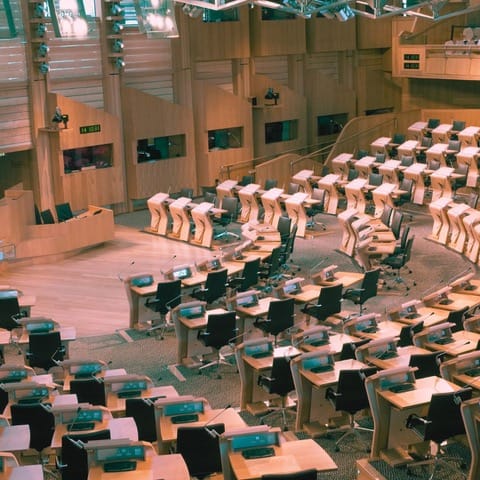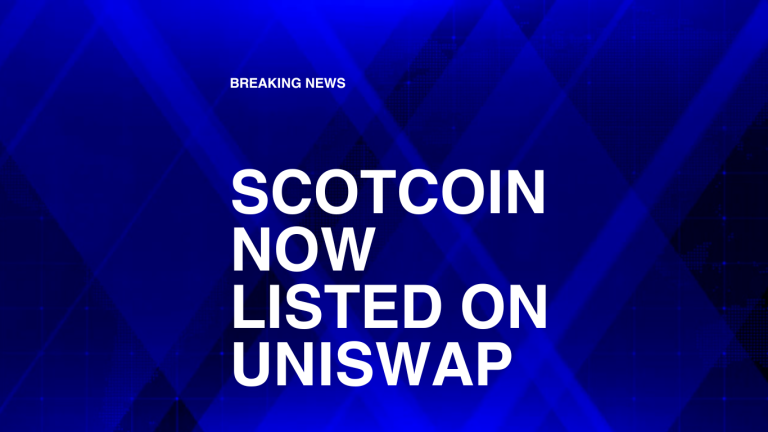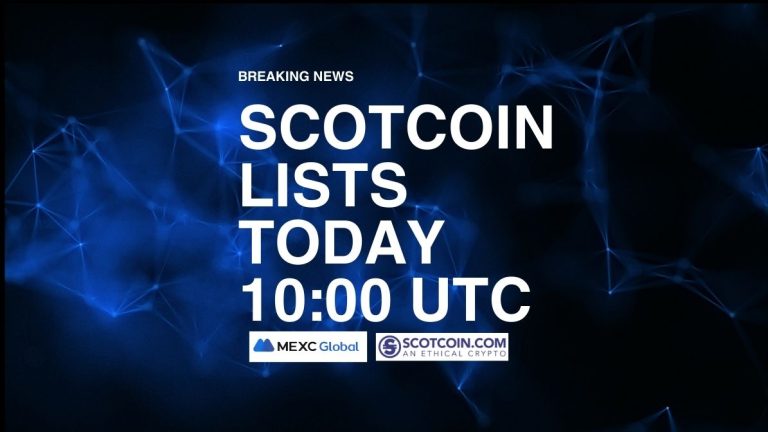To a large extent, Altcoins are an expression of the times that spawned them.
At a time when trust in banks, regulatory authorities and capitalism was at an all-time low, the lure of being able to trade without using any of the foregoing as intermediaries was instantly attractive. Lehman Bros collapse precipitated a rash of mergers and rescues, not least of which in the UK was Royal Bank of Scotland. To this day (and perhaps forever) the money put into the bank by the British Government remains awaiting repayment.
So a system where neither banks nor Governments could interfere with transfers, where the value of that transfer was entirely independent and could not be interfered with had people clamouring to know more. Remember that in some cases deposits were wiped out. In Ireland whole sectors of the economy disappeared. In Cyprus, the government simply wrote off deposits and debentures to make the banks whole again. People did not want to lose what they had.
In a sense, Satoshi Nakamoto was pushing at an open door when he published his white paper. Even although it took time to become a “thing”, people immediately realised they could make money out of their own coins. And so the ICO (Initial Coin Offering) was born. It offered entrepreneurs the chance to retain 100% of the upside whilst still funding their dream.
History of alternative currencies
The WIR Franc is an electronic currency reflected in clients’ trade accounts and so there is no paper money. The intentions at the point of starting were increased sales, cash flow and profits for a qualified participant. WIR created a credit system which issues credit, in WIR Francs, to its members. The credit lines are secured by members pledging assets which ensures that the currency is asset-backed. When two members enter into a transaction with both Swiss Francs and WIR Francs it reduces the amount of cash needed by the buyer; the seller does not discount its product or service.
WIR was founded in 1934 by businessmen Werner Zimmermann and Paul Enz as a result of currency shortages and global financial instability. A banking license was granted in 1936. Both Zimmermann and Enz had been influenced by German libertarian socialist economist Silvio Gesell; however, the WIR Bank renounced Gesell’s “free money” theory in 1952, opening the door to monetary interest.
“WIR” is both an abbreviation of Wirtschaftsring and the word for “we” in German, reminding participants that the economic circle is also a community. According to the cooperative’s statutes, “Its purpose is to encourage participating members to put their buying power at each other’s disposal and keep it circulating within their ranks, thereby providing members with additional sales volume.”
Although WIR started with only sixteen members, today it has grown to include 70,000. Total assets are approximately CHF 3.0 billion , annual sales in the range of CHF 6.5 billion, as of 2005. As of 1998, assets held by the credit system were 885 million and liabilities of 844 million, i.e. the circulating WIR money, with equity in the system of 44 million. These WIR obligations being interest free have a cost of zero. Income from interest and credit clearing activities were 38 million francs.
The currency code is CHW as designated by ISO 4217.
The WIR Bank was a not-for-profit entity, although that status changed during the Bank’s expansion.] The bank considers themselves as stable, claiming being fully operational during times of general economic crisis and may dampen downturns in the business cycle, helping to stabilize the Swiss economy during difficult times.




